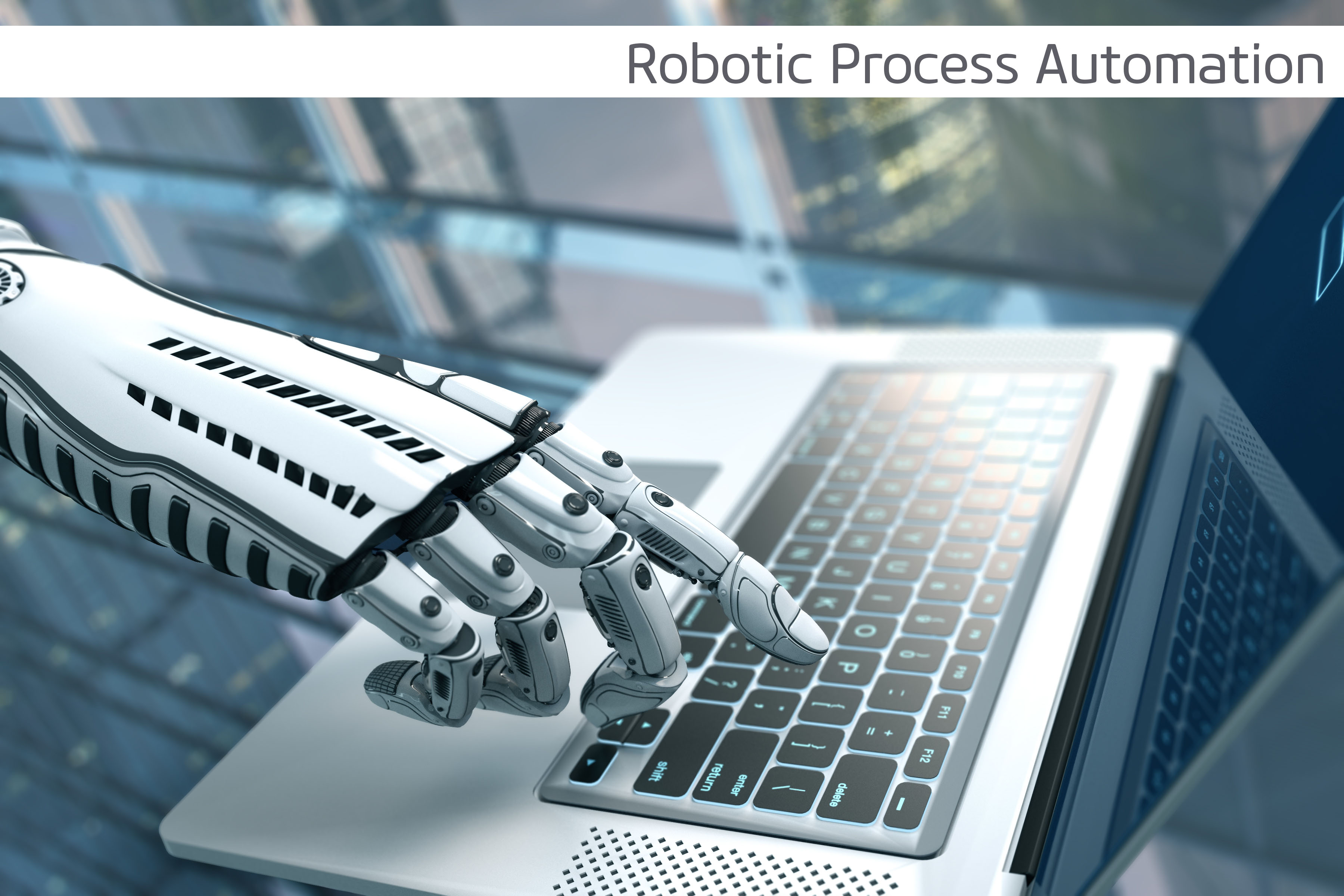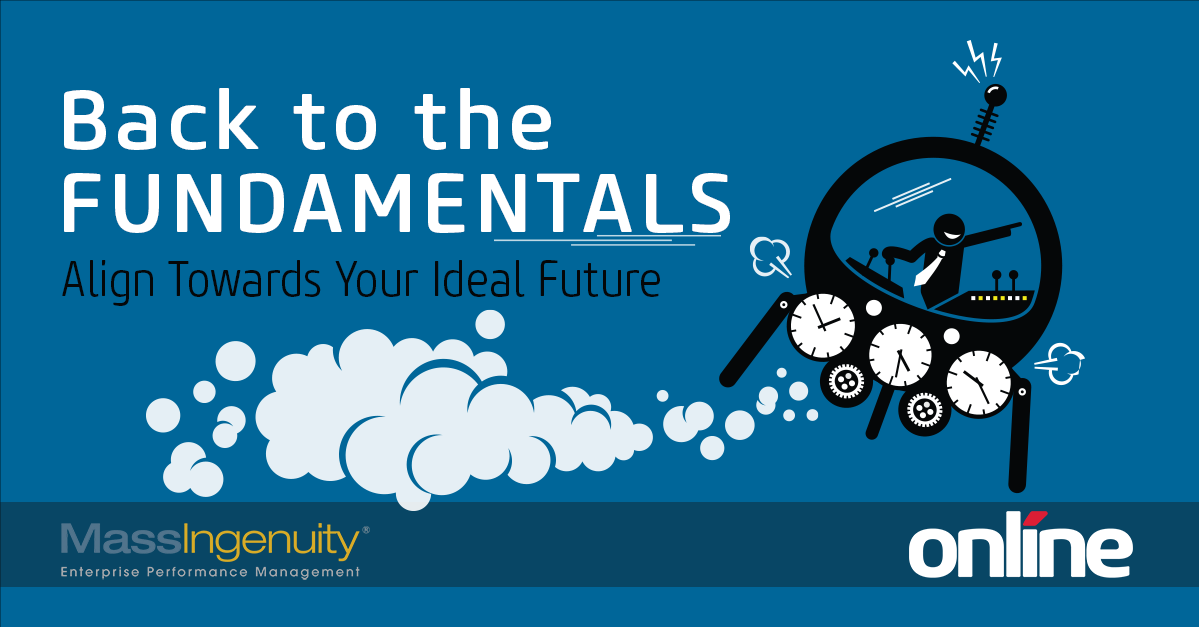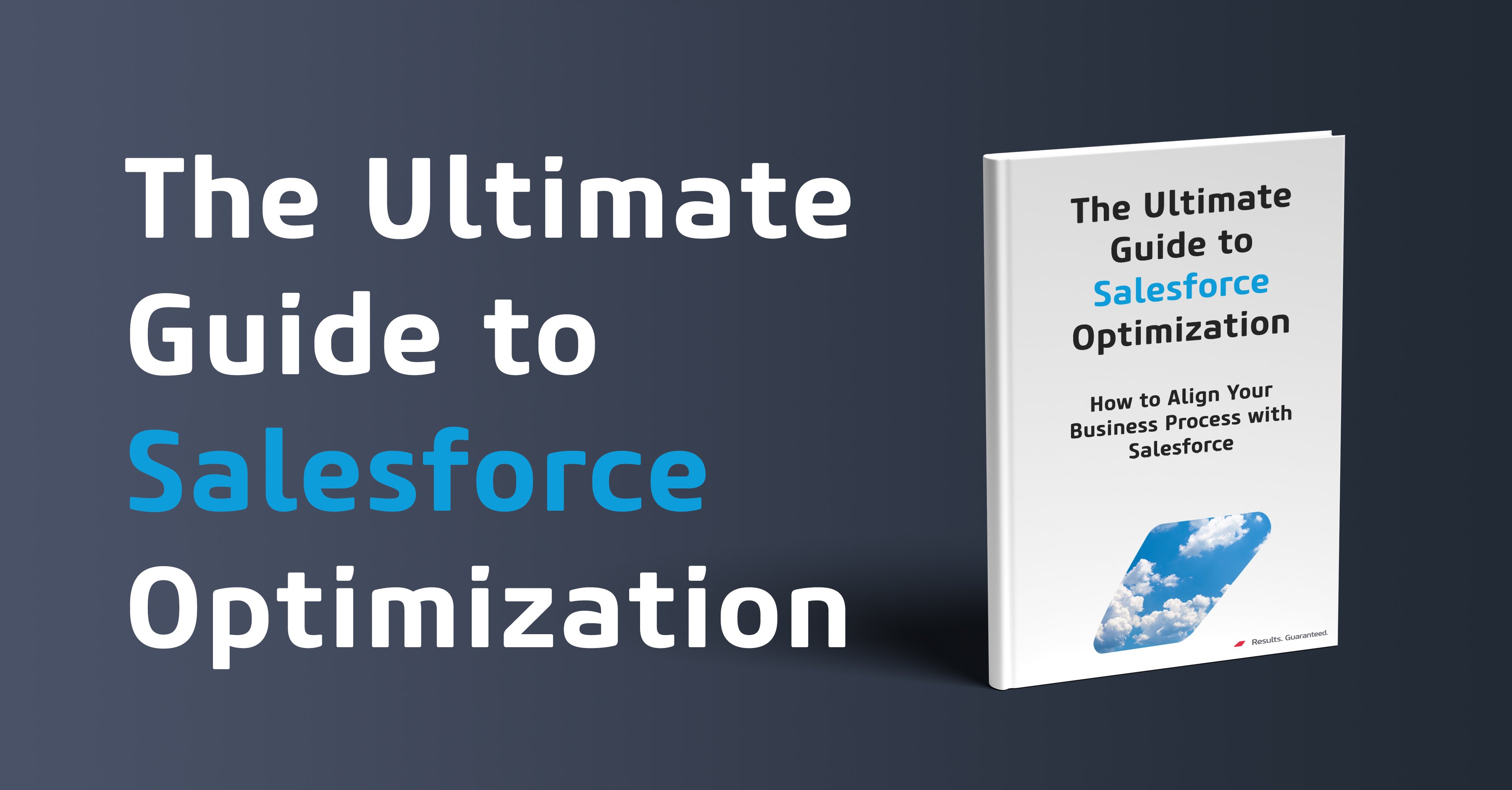Solutions that leverage Robotic Process Automation (RPA) are a common outcome when companies combine User Experience initiatives with Artificial Intelligence.

RPA is a great fit for companies that have repetitive processes with low exception rates. Bot solutions can be deployed rapidly and are typically easily integrated into your business delivering value quickly. As we talk to more and more organizations about RPA we find that many have similar questions about how to implement RPA. We'd like to share four keys steps in our approach to RPA adoption with the hopes of providing some guidance if you are just at the front end of a RPA project:
1- Identify Processes:
The first step is to identify processes that are well suited for RPA. You want to avoid spending too much time in 'project definition' (which usually take too long) and instead focus on 'process identification' (which you can usually do more quickly). Our team rapidly identifies "Process Candidates" for automation and assesses the impact of automation, using a couple important sub-steps:
- Identify systems used to perform work.
- Obtain and prepare log data for analysis.
- Employ Data algorithms to generate processes.
- Qualify and validate the processes.
The team completes the identification phase by reviewing the models and performance baselines with process owners via a rapid review cycle.
2- Initiate:
We then use the outputs identified to work with the sponsor and engage business operations to help determine the processes that will qualify for an initial Proof of Concept (POC). A POC is an important step because it helps business operations get familiar with the new technology.
Once the processes have been identified, the team works with the sponsor and business operations to create the initial RPA business case and Project Charter (a representative of your IT team should be part of these discussions as well).
With the direction set for the Proof of Concept, we develop a scalable Operational Model and Centre of Excellence (COE) to identify roles and responsibilities for the POC.
Once the formal structure around RPA has been establish, we move to implement the POC. We recommend the following approach:
- CREATE a solution design, project approach and plan.
- TEST the bots developed by the POC and monitor the outputs.
- REFINE the deliverables after the work for the POC is completed.

3- Deploy:
The Deploy phase is focused on fully establishing the RPA Center of Excellence (COE), establishing the preliminary in-house RPA delivery team, and then the deployment of a full-scale pilot project.
Enabling the COE requires the development of its governance (leveraging the learnings from the POC) as well as the selection and training for all core Robotic team members. Additionally, we recommend setting up systems to measure and monitor the pilots.
With the successful deployment of the COE the next step is to execute the Pilot project which at a high level includes the following stages:
- Selecting the processes in scope.
- Designing the future state.
- Developing bots.
- Develop handover plans.
- Deploy the pilot.
- Monitor pilot performance.

4- Launch RPA:
After the COE and POC for the selected processes have been successfully deployed, the focus shifts to enabling and introducing a virtual workforce by quickly delivering multiple RPA bots. In turn, this provides maximum ROI.
The COE helps establish the required governance to manage the automation program and sustain the RPA momentum within your organization.
- Prioritize remaining processes.
- Ramp up multiple RPA projects.
- Create an RPA governance model.
- Establish RPA best practices.
- Continuous improvement.
Stay tuned for a future blog where we will provide a detailed breakdown of each process!
Determining which RPA process is best-suited for your specific organizational requirements can be assessed by one of our experienced consultants. Then the desired outcomes can be well-identified and paired with the best option to suit the tasks ahead.
Still unsure whether this is the right process for YOUR organization?
Contact a member of our team today to learn more!





Submit a Comment